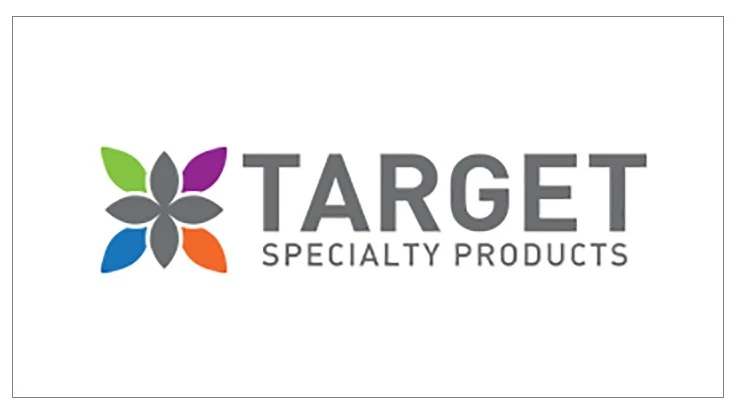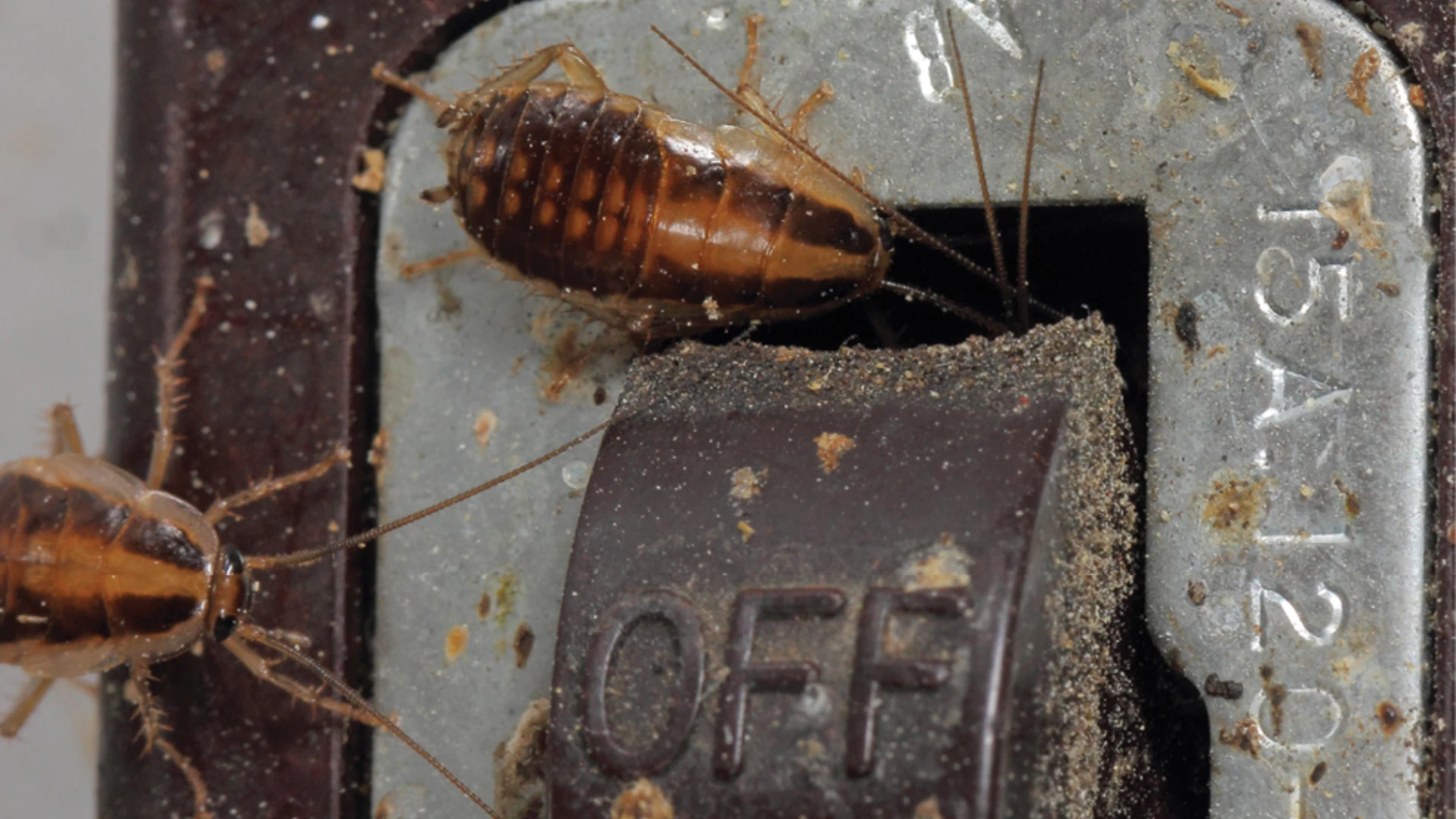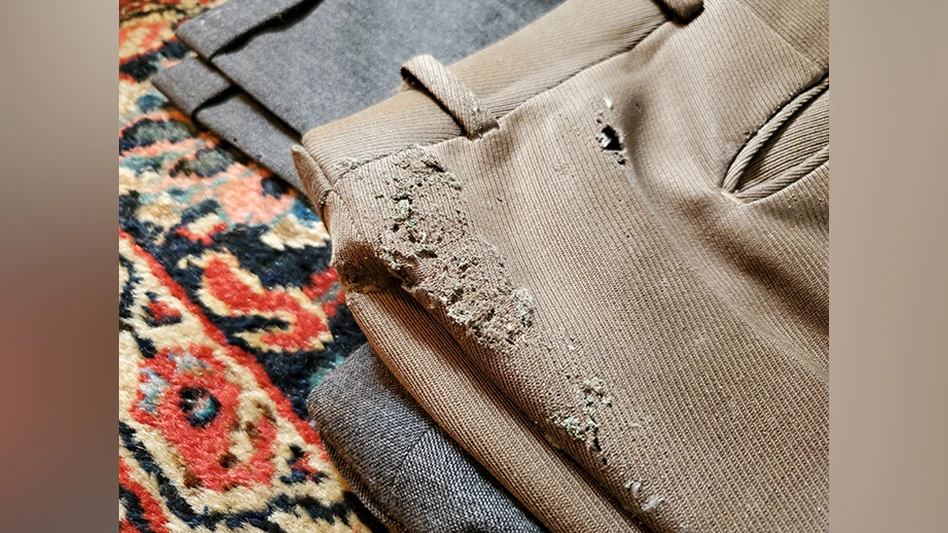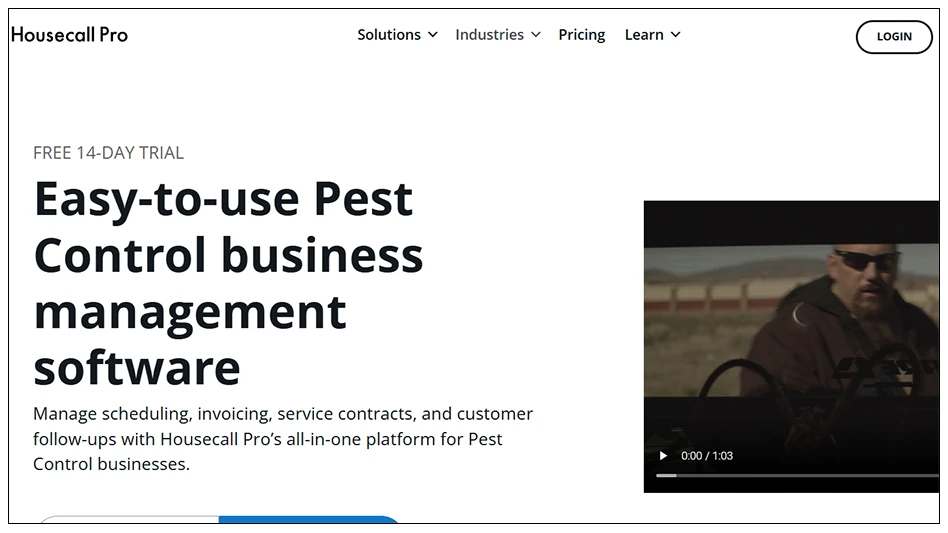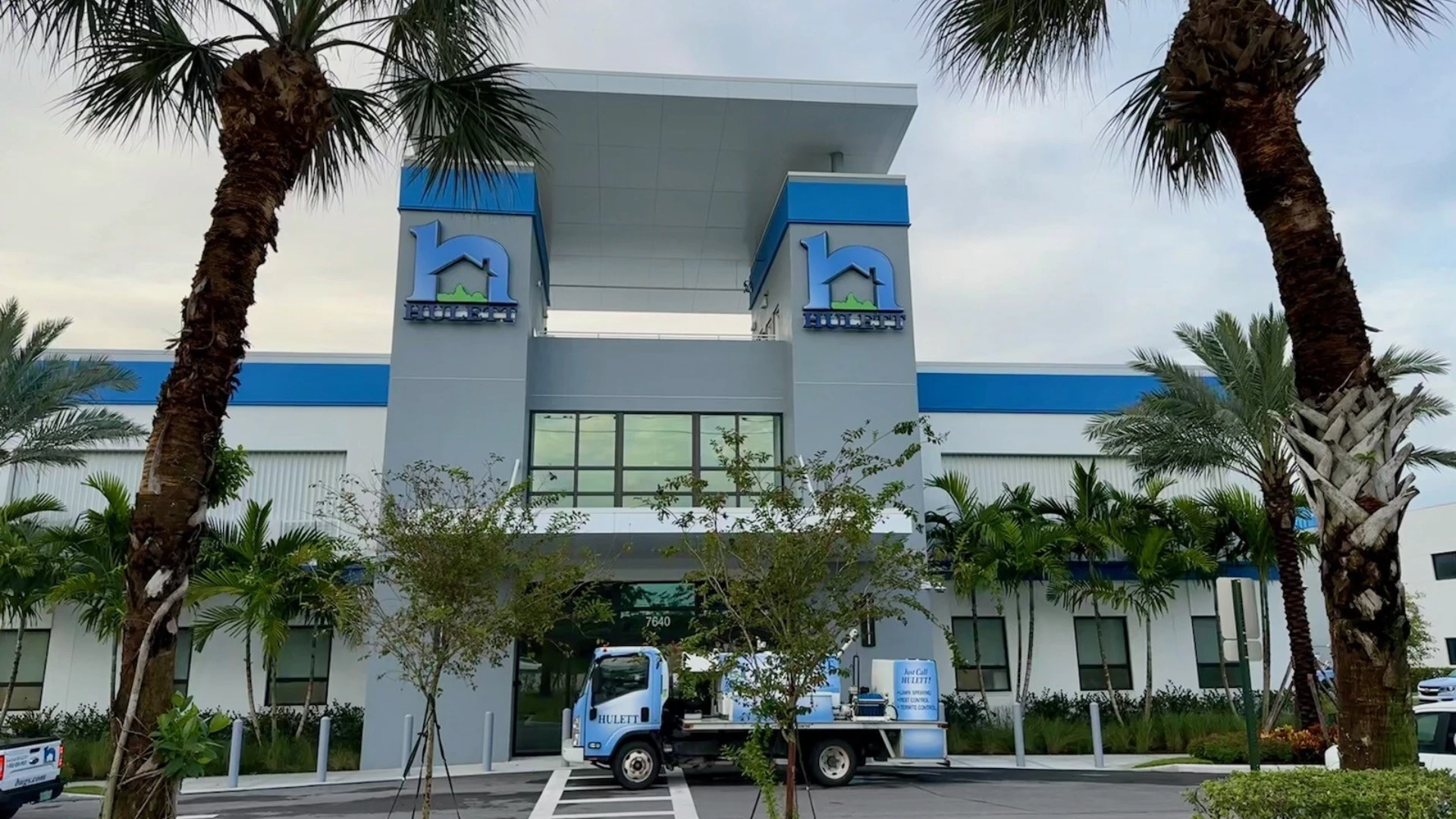|
|
What is the smallest, least expensive, yet most important promotional device you have? If you thought, “business card,” you’re right! In a minimum of just seven square inches, you can present who you are, what you do, how to contact you, what kind of business you have and much more. Though small, your card says more than just the basic information about you and your company.
IMPORTANCE UNDERESTIMATED. The business card is the most frequently used marketing tool because often it’s the only promotional material a new or small company may have. It can be the least expensive with prices starting at $9.95 for 500.
Your card can reflect your business style based on paper and ink choices as well as design. When someone receives your card, they get an immediate impression of your company. They’ll decide from your card if you’re well-established and stable, reliable and respectable, businesslike and professional, competent, successful, easy to do business with, customer oriented and trustworthy — all from a 2- by 3½-inch piece of paper. It’s like a hearty handshake that you leave behind.
The purpose of your card is to make you look professional, memorable and desirable and position your business in a prospect’s or customer’s mind.
Unfortunately, many small companies quickly produce business cards on an inkjet printer or go to the local office supply or copy store and select a business card from the few pre-made designs they offer. But your business card deserves careful consideration if it is to accurately reflect what you do and how you do it.
CAREFUL CONSIDERATIONS. Below are some important things to consider for your business card.
Contents. The basic idea of a business card is to help people get in touch with you after you meet them. Therefore, the following information must be present on your card: name, title, company name/logo, phone number (with area code), fax number (with area code) and mailing address (with ZIP code).
In addition, the following information can be included if it reflects your business: e-mail address; Web site address; statement about your business; money-back guarantee; affiliations; credentials, degrees and academic designations; toll-free number; cell phone number; pager number; mission statement; product/service categories; and list of products/services.
Size/shape. The standard size of 3- by 2½-inch can be easily doubled by printing on the back of your card. Adding a second side to your card facilitates including more information about what you do without significantly increasing costs. One of the goals of a card is for the recipient to keep your card until they need it. One way to increase the likelihood of this happening is to print useful information on the back of your card. Using a double card that folds out to measure 4- by 3½-inches also increases printable space and can become a mini brochure for your company. Use the second side of your card to include information like the following:
• Additional locations/branch offices
• Billboard ad
• Appointment reminder form
• Coupon
• Emergency phone numbers
• First aid procedures
• Discount offer
• Guarantee
• Mission statement
• Joke/anecdote
• List of services
• Philosophy
• Prayer
• Service benefits
• Referral form
• Slogan
• Survey
• Interesting Web addresses
Paper. Few decisions impact the impression your card makes as much as paper choice. Not only does this decision affect the look of the card, but it also influences the impression received by its feel. Dr. Lynella Grant, author of The Business Card Book, says, “Quality is determined 65 percent by vision and 35 percent by feel.” A heavier paper implies quality and stability.
|
NEW USES FOR BUSINESS CARDS |
|
For more visibility and to increase the “keepability” of your cards, consider printing business cards on any of the following specialty items: • Coasters • Magnets • Calendars • Key chains • Note pads • Seed packets • Bookmark • Magnifiers • Jar grippers • Boxes of crayons • Stickers • Paper weights • First aid kits • Litter bags |
Ask your designer or printer to show you 80# or 100# cover weight paper samples. The overall cost of cards compared to your entire business expense is small — so choosing the best paper for your cards will say “quality” to those who receive your card. Business cards can also be printed on plastic, metal, wood, leather, parchment and photographic paper, to name a few.
Color. The use of color can increase your costs but at the same time, it increases the interest and impact your card generates. Choose colors that are compatible with your logo. Color adds impact by commanding attention, looking more expensive, helping to organize elements, revealing personality and sending subliminal messages of stability and professionalism.
Design. Take a look at your own business card. Is it cluttered and confusing? Inviting and attractive? An appropriate design can enhance the look and feel of a card. There are countless templates for designing your own business card, but no template will fit your business completely, so it should be customized for the look you want to impart.
Create your card, then show it to a few people to get their impression of the design and what it reflects. Better yet, contact a graphic designer who can show you various designs based on what you want your card to say about you and your company.
To reprint or not. With changes occurring in area codes, it is tempting to cross out the old area code and pencil in the new one — because you have 500 cards left over! Don’t do it. Toss the old cards and reprint new cards with the new information.
Keep them handy. Give a number of your cards to your family members and customers to distribute to others who might need your services. Put extra cards in your vehicle, your wallet, your coats, suites, purses and briefcases so you’ll always be able to quickly find your cards.
CONCLUSION. Take a close look at your company’s business card and see if it needs improving. Remember, it’s the smallest — but one of the most important — representations of you and your company.
The author owns Compelling Communications (www.compelcom.com), a business marketing/graphic design firm specializing in helping pest control companies market their services. She can be reached at jvklaveren@pctonline.com or 800/779-0067.
|
ONLINE EXTRA: Evaluating PCT's Business Cards |
|
What does the author think about PCT's business cards? Visit www.pctonline.com/card to see an example of PCT's card and find out what Van Klaveren has to say about it. |

Explore the August 2002 Issue
Check out more from this issue and find your next story to read.
Latest from Pest Control Technology
- Streamlight Introduces Protac HL 6
- PMPs, Members from Academia Merged Minds to Further Pest Control Education
- TruNorth Pest Control Expands to McDonough, Georgia
- Credit Card Most Popular Payment Option for Customers, Poll Finds
- Fourth Florida Dengue Fever Case Confirmed in Milton's Wake, DOH Reports
- Abell Pest Control Launches Naming Contest for Newest K9 Team Member
- Don't Let the Rodents In
- Learn More About Preventative Bed Bug Control

